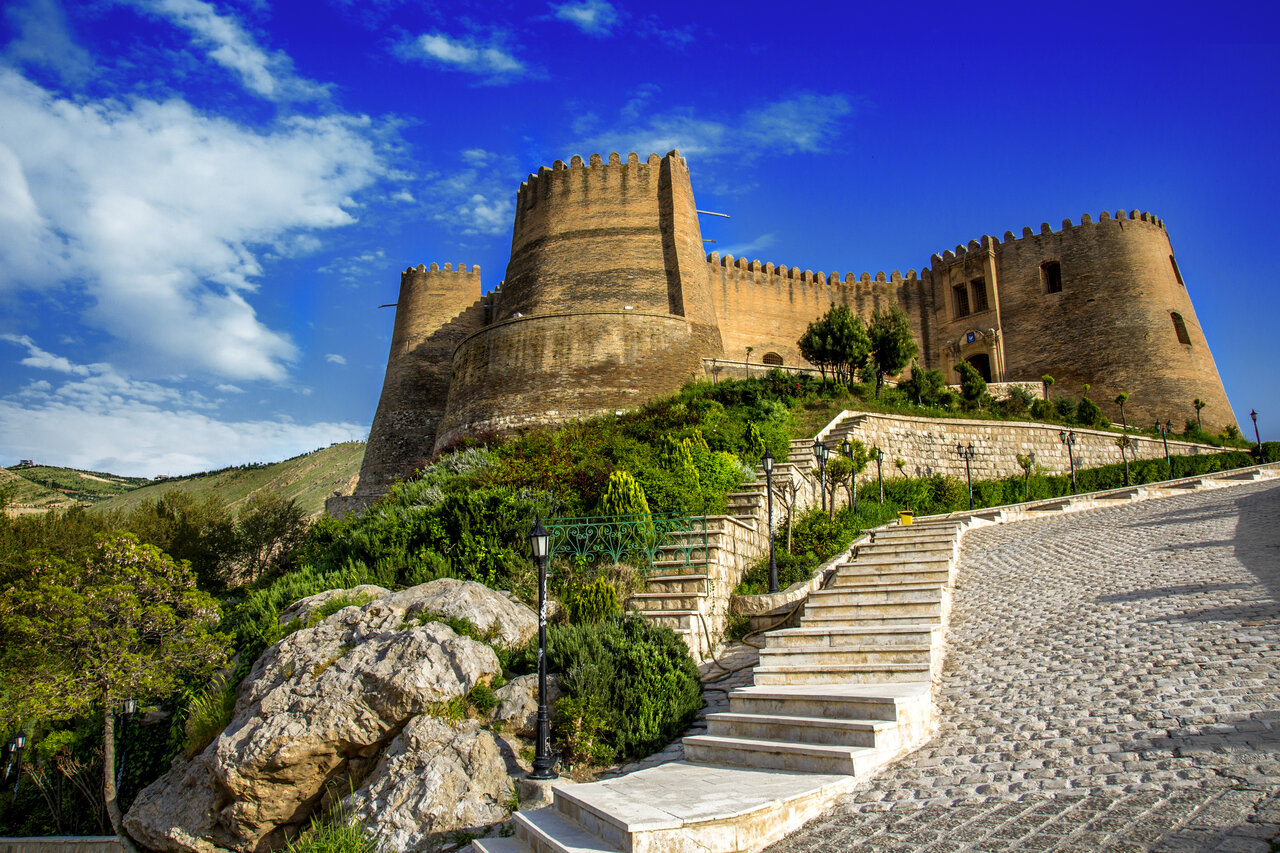Home to Sassanid fortress, Khorramabad valley inhabited for 5400 years, research suggests

TEHRAN – In a recent significant development in the field of archaeology in Khorramabad valley, where the Sassanid fort of Falak ol-Aflak is located, some evidence has been found, dating human settlement back to 5400 years ago, preceding the Bronze Age.
During a press conference held on Tuesday, Lorestan’s director-general of Cultural Heritage, Tourism and Handicrafts disclosed the new findings coming from the Khorramabad valley.
“Archaeologists explored a 25-meter-long and 2-meter-wide section of the fortress’s hill,” Ata Hasanpour brought to light. “Uncovering evidence of human habitation.”
Regarding the significant results, Hasan-pour pinpointed that the findings revealed the clues of human habitation dating back to multiple historical eras.
The official also emphasized the strategic implications of these findings for the Falak-ol-Aflak Castle and the Khorramabad Valley's candidacy for UNESCO World Heritage status.
“The nomination dossier for the 2024 UNESCO World Heritage List has already been submitted.” Hasan-pour further explained. “These scientific excavations provide crucial archaeological data that strengthens the historical foundation of our World Heritage application.”
These recent findings underscore the archaeological richness of the Falak-ol-Aflak site and its pivotal role in unraveling the complex tapestry of Iran's ancient civilizations, the director-general winded up.
Earlier this year, on January 31, Ali Darabi, the deputy minister of cultural heritage, announced that Iran had submitted a dossier on “Khorramabad's Valley and Falak-ol-Aflak Fortress” to the United Nations Educational, Scientific and Cultural Organization for possible registration as a World Heritage.
Ata Hasan-pour, on April 15, brought to light that the UNESCO inspectors are expected to arrive in province throughout the approaching summer, when is our deadline to complete the necessary measures on the site.
The unmissable eight-towered fortress dominates Khorramabad as one of the most visited travel destinations in the region for both domestic and foreign sightseers.
The fortress dates from the Sassanid era (224–651). It seems particularly imposing and dramatic when floodlit at night, offering picturesque views of its encircling crenelated battlements.
The Sassanid era (224 CE–651) is of very high importance in Iranian history, under which Persian art and architecture experienced a general renaissance.
XF/AM
Leave a Comment